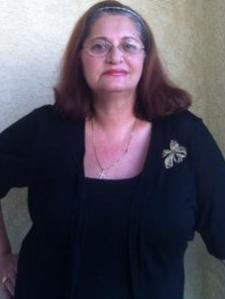


Featured Review:
Great tutor!
Marie, 9 lessons with IzzyPatient and knowledgeable. She is skillful in a variety of topics and ensures you thoroughly grasp the subject of your lesson.
My name is Izzy E. I graduated cum laude with a B.A. in Political Science/Philosophy, in tandem with a minor in writing/composition. I acquired my post baccalaureate in Teaching with a GPA of 4.0 with first attempt passage of the subject matter examinations. I was awarded & continue to hold clear, valid, teaching credentials issued by the State of CA Teacher Credentialing Commission, verifiable online, in language arts, social sciences, and mathematics. I am a published author.
I have...
Loading...
Izzy has provided examples of their subject expertise by answering 4 questions submitted by students on Wyzant’s Ask an Expert.

Great tutor!
Patient and knowledgeable. She is skillful in a variety of topics and ensures you thoroughly grasp the subject of your lesson.
Marie, 9 lessons with Izzy
Knowledgeable and amazing tutor
Ms. Izzy is an excellent teacher . She teaches how to think out of the box. Ii recommend her to my few friends already. She has brilliant mind and its a pleasure to listen her .
Nino, 9 lessons with Izzy
Amazing tutor for all subjects
Izzy is great! Not only is she a very experienced and knowledgeable teacher but she’s a wonderful person. My son feels very comfortable learning with her and really enjoys the fact that he can discuss any subject with her. Thank you, Izzy!
Kristine , 9 lessons with Izzy
Great teacher
Sophia has been working with my kids for less than three months and in this short time she has helped my children by leaps and bounds. I appreciate her dedication and commitment to helping my children learn. Sophia has all the qualities of a good teacher, she is patient, diligent, understanding, kind and strict; we are lucky to have her.
Nancy, 142 lessons with Izzy